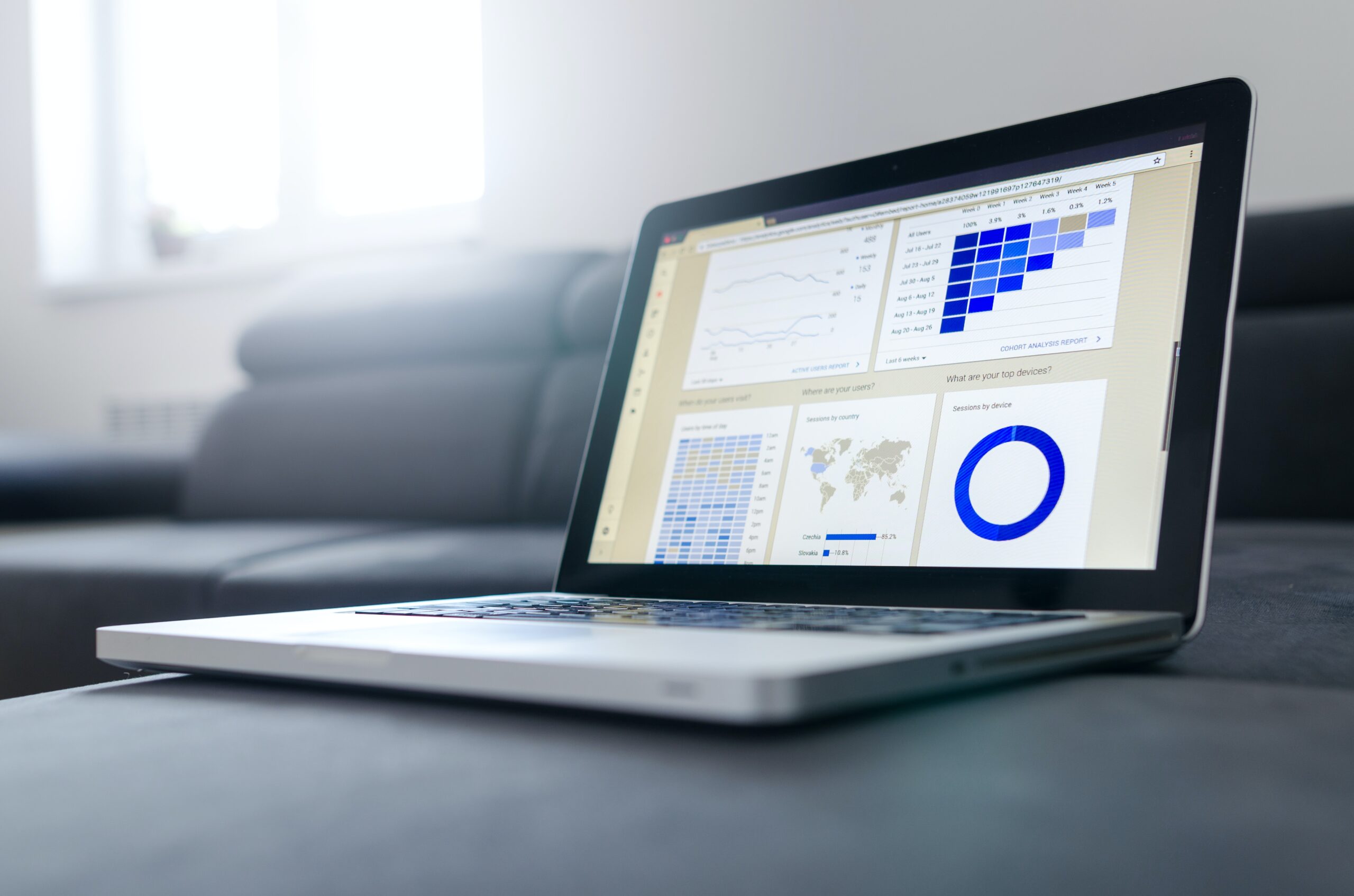The Best Manufacturing Industry Trends & Pricing Strategies for 2022
December 23rd, 2021 (Updated 03/10/2023) | 8 min. read
By Jose Paez
Right now, manufacturing industries are reporting price increases in everything from steel to produce, wooden pallets and everything in between. Manufacturers have watched on while increasing prices in raw materials have eaten into their margins. Manufacturing industry trends are also reeling from the impact of work shortages and increased labor expenses. Additionally, supply-chain woes are placing pressure on manufacturers to raise product prices as demand for many goods rebound with the reopening of the economy. Many of these price-related manufacturing pain points result from tariffs while others are an outcome of the Covid-19 shut-downs. However, it is not all doom and gloom in manufacturing industry trends. Some manufacturers are succeeding in quite counter intuitive ways.
Take the aerospace manufacturing industry, for example. With the virtual shutdown of leisure travel and commercial aviation in 2020 and early 2021, revenue for the usual spare parts manufactured by aerospace manufacturers ground to a halt as flight hours evaporated. However, an interesting aerospace manufacturing trend began to unfold as time passed in 2021. With aircraft out of the sky and commercial operation ceased, airlines took the opportunity to conduct large-scale repair and maintenance projects on their fleets. The demand and prices for large scale service parts boomed in the face of decreased demand for regular small parts replacement. It is just one way that unexpected outcomes have arisen in pricing for manufacturing industries in the last 12 months.
At Pricefx, we have spent more than a decade assisting manufacturing industries to rapidly respond to these types of unheralded changes in the market as they occur, by encouraging businesses’ ability to pivot with technology and adapt their pricing strategies.
Keeping the type of surprise outcomes mentioned above in mind, in this article we examine possible manufacturing industry pricing trends and tips for 2022, and a range of potential innovative pricing strategies to increase profit for the year ahead.
The Manufacturing Industry Strategic Price Planning Process
As a manufacturing industry company, (like most industries) your pricing strategy should reflect the unique objectives of your specific organization and the value your business gives to its customers. Your manufacturing company will be unlike any other but will share similarities with the rest of the industry.
Unlike a distribution company that needs to factor in the ‘storage cost’ of a product to sit on the warehouse shelf be ready for sale, as a manufacturer you make a product to sell and get out the door ASAP. However, managing your inventory is a special and unique way that manufacturers can have opportunities to increase their price margins, particularly when rapid changes and price volatility is expected to continue unabated in 2022.
In 2022, the first exclusive point to note in your manufacturing business strategic price planning process for the year will be to track and identify the ways that it is possible to reduce the cost of your inventory.
For example, if you can identify and stock up on the raw materials you require for production, you can ensure that you will have the inventory levels you need to meet demand and meet those costs as efficiently as possible. Leveraging on lower material costs when they’re available and making the most of the cheapest manufacturing costs will assist you to increase your potential profit margin when it comes time to sell.
 Secondly, a huge part of getting your company’s strategic price planning process in order and one of the major upcoming manufacturing industry trends for 2022 will be to continue to become more targeted and granular in your pricing. As value-based pricing in manufacturing is more difficult than in other industries, it may be necessary to drill down as much as possible into the different costs of various components or segments of your production process to unearth a unique pathway to profit. Identify those different unique components or segments in a way so that you can weight them accordingly.
Secondly, a huge part of getting your company’s strategic price planning process in order and one of the major upcoming manufacturing industry trends for 2022 will be to continue to become more targeted and granular in your pricing. As value-based pricing in manufacturing is more difficult than in other industries, it may be necessary to drill down as much as possible into the different costs of various components or segments of your production process to unearth a unique pathway to profit. Identify those different unique components or segments in a way so that you can weight them accordingly.
Analyzing significant cost challenges to manufacture products where conflicts with suppliers exist, or applying price increases to a set of products, or combinations of specialized products can be crucial to profit maximization.
Unearth the unique conditions that may apply to key products in your product line requiring a specific pricing strategy to be applied to them, plus identify the good times from the bad and adapt accordingly.
For example, when times are good, a large auto manufacturer will spend more on inventory, stocking show rooms with a ton of vehicles. They bring may more part-time salespeople into dealerships to sell more, and more workers into plants to boost production. However, if things turn south for a bit, or parts like computer chips become scarce, auto manufacturers can lighten up on inventory and cut workforce hours and send employees to vacation, helping the company continue to wring out a profit.
Detect the key products to target with specific price changes to leverage and make the most of the good times to maximize your profit. Sweeping percentage-based price increases across entire product lines and rigidity in production volume are soooooo 2019.
The Most Important Pricing Metrics the Manufacturing Industry Should Track in 2022 and Why
Most of the key pricing metrics in the manufacturing industry remain unchanged for 2022. However, in 2022, how your business applies and uses them may be ready for an overhaul;
- Cost Trends – Keeping track of the prices of materials and components used the production of your products will be key to enhancing profit in 2022 given the volatility of raw material prices expected in the year ahead.
- Sales Histories – It doesn’t matter if you’re a small local manufacturer or large multinational, tracking sales histories is incredibly important. From unearthing sales by regions or other demographics or identifying potential problems and remedying them before they become issues, the power of sales histories is compelling in setting prices.
- Availability of materials used in production – Watch for shortages and buy in advance if needed to ensure production or materials prices are favorable to optimize your pricing.
- Is floor space in your plant or factory being maximized? – Are you doing well and considering opening another plant? Or can your potential extension costs be trimmed by better utilizing your existing factory floor space?
- Downtime in production? – Are all your machines well-maintained and efficient in keeping up-to-speed with production? Do you have sufficient workforce in place to ensure production is running up to the pace you require?
- Lead time – Manufacturing lead time is the total time required to manufacture one of your products. Calculating, understanding, and acting on changes in lead time can allow your business to prevent losses, maximize profit and fulfill orders quickly and efficiently.
- Warranty Program Costs – Warranty cost is one of the major expenses for a manufacturing business. Average warranty cost varies from 1% to 5% of the final sale price, depending on the manufacturer and the product. For large-scale enterprise businesses, that can be billions of dollars annually, having direct bottom-line impacts.
The best key performance indicators or pricing metrics for your business to track in 2022 will be the ones that apply specifically to your business.
Forget the outdated product list-wide 1% price increase over 4% inflation that your business may have used in the past. In 2022, being singularly proactive and pricing your items individually depending on their individual costs and anticipated demand factors will be key.
The more granular you can become with your pricing, the better in 2022.
The Top Component of a Great Manufacturing Business Pricing Strategy in 2022

In 2022, rather than tracking any specific metric more than another, adopting a granularized methodology will be critical to optimizing your prices in the year ahead.
Tracking all the metrics that apply explicitly to your manufacturing organization and being prepared to be adroit and ready to adapt quickly will be key.
Become more sophisticated and granular in your pricing, allowing your business to employ pricing strategies specifically coordinated to increase your unique profit points.
Don’t fall into the trap of overestimating what Excel can do. Whilst Excel can be a great tool for businesses with few products or a rigid customer base, Excel is certainly not an analytics tool to interpret rapid changes and set prices in real time.
Utilizing data analytics offered by modern AI-based pricing software will fine-tune the capability of your organization to move prices quickly when required to do so.
Implementing Your Manufacturing Pricing Strategy for 2022
You are now up to date with our predictions and prophecies for pricing strategies required for the manufacturing industry in 2022.
We hope the tips and ideas that we have uncovered at Pricefx over the last 12 months through hard experience and data analysis will assist you in boosting your pricing insights, acumen, and speed for the year ahead.
If you would like to learn more about how to best adjust and become comfortable with being uncomfortable in the rate of pricing changes currently underway, check out our recent blog article:
